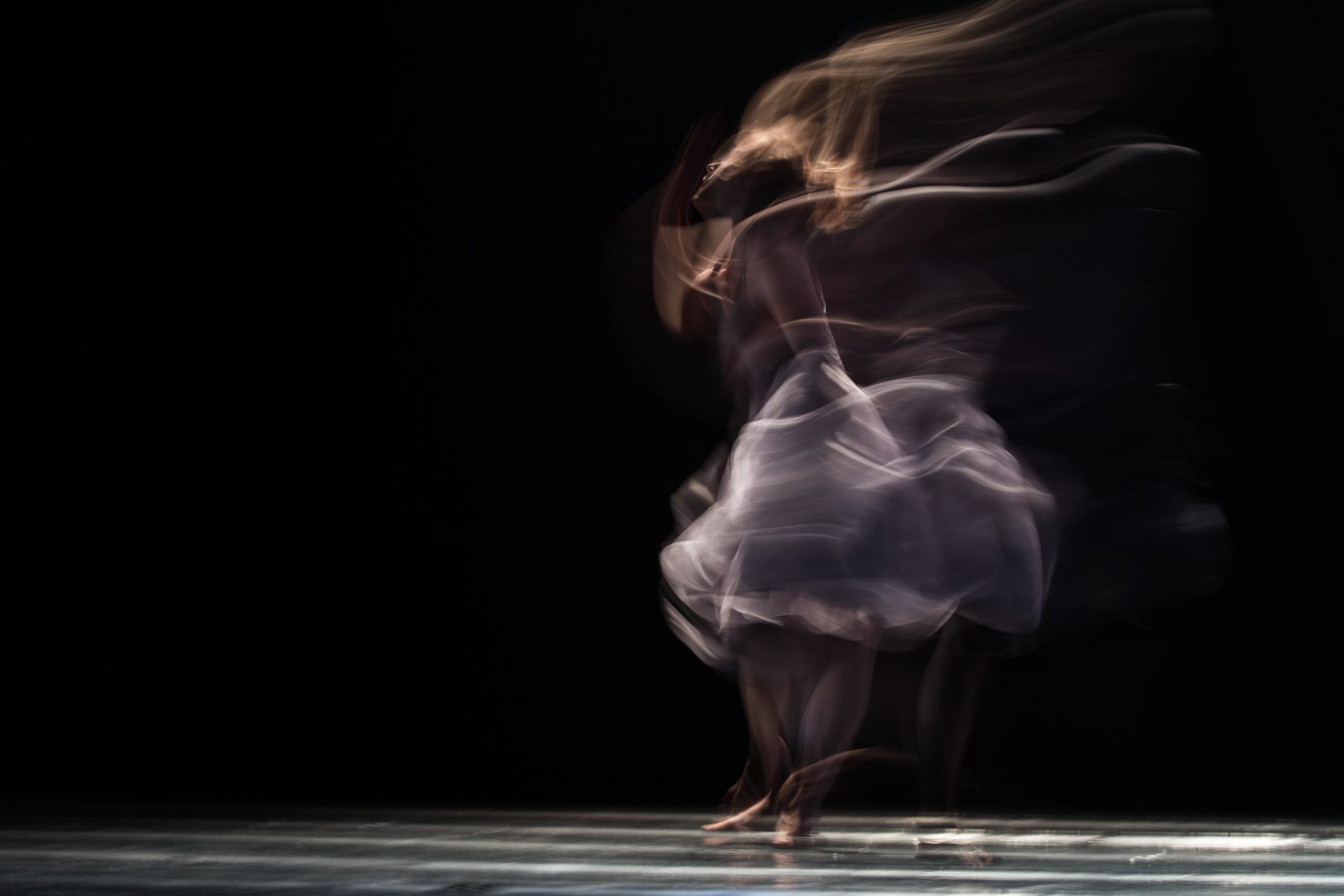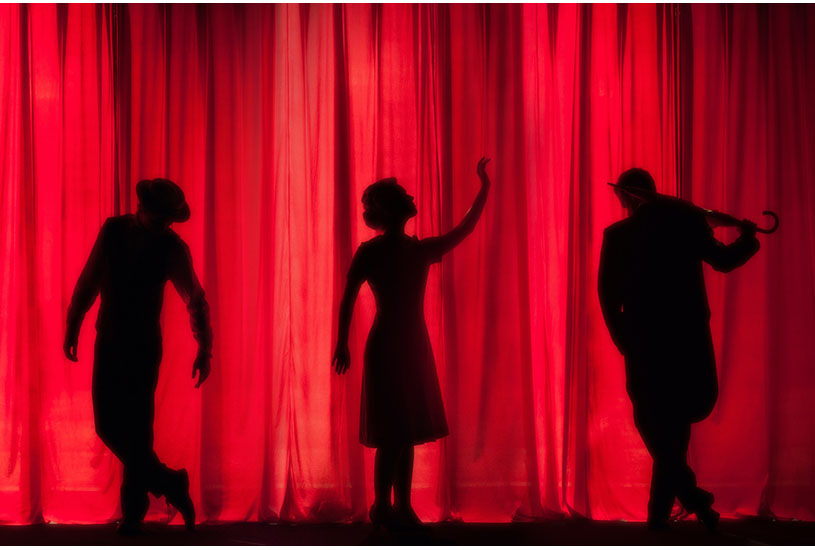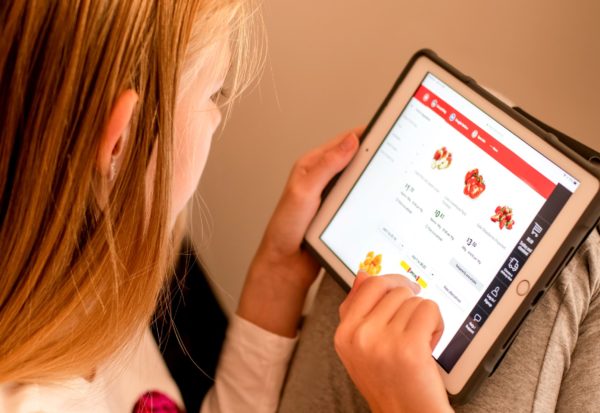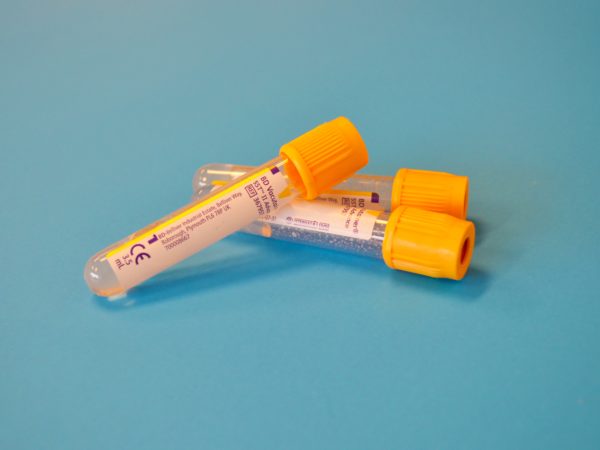Sports and the arts might seem like strange bedfellows. But these disciplines have more in common than meets the eye.
Traditionally, creative arts and physical education are kept separate. They are their own fields with their own curricula and methods of teaching.
But is it really that simple?
Associate Professor Lisa Barnett and Dr Rea Dennis – from Deakin University’s Institute of Physical Activity and Nutrition and the School of Communication and Creative Arts, respectively – were curious about what these disciplines could learn from each other.
Their recent paper, ‘Art meets sport: what can actor training bring to physical literacy programs?’, seeks to highlight opportunities for education, performing arts, sport and health to intersect.
Their collaboration started through an Interdisciplinary Establishment Grant from the Deakin Science and Society Network (SSN), which aspires to be an engine for interdisciplinary collaboration.
An innate need to connect
The paper specifically focuses on teaching children physical literacy, and the benefits that actor training could bring to this skill set.
Although the links between these two worlds may not be obvious, A/Prof Barnett and Dr Dennis aren’t afraid to get out of their comfort zones.
“When we seek to understand the connections between disciplines, we can also pave the way for unique and ground-breaking research to occur,” says A/Prof Barnett.
“If we stay in our discipline zones, it can be harder to push the boundaries.”
Physical literacy, as defined in Australia, is a broad concept. It encompasses all the elements that are involved in physical activity: the physical, the physiological, the cognitive, and the social.
It’s not just about developing motor skills and fitness, but a range of other attributes.
“Both art and sport have lots in common, as they emerge from our deep need for ritual and encounter,” says Dr Dennis.
“Sport can seem to be about muscles and getting sweaty, but it also supports a deep connection to self and to others, which is what art is all about.”
Sport and the performing arts both require an understanding of the physical body. It’s just that in the latter, the body is used as a communicator to tell a narrative or create aesthetic experiences.
“It was a no brainer to think about how actor training might complement a holistic approach to physical literacy.”
Joy embodied
The performing arts is grounded in imagination. It’s about being playful and connecting with something inside you.
It’s this creative element that could help foster the delight that comes from being physically active.
“Moving is joy embodied,” says Dr Dennis. “You only have to watch kids to see the way they are squeezing every possible movement out of their little bodies.
“Some never lose that joy, but for others the competition, and the focus on skill or fitness, can muddy the waters of playfulness and creativity that drive the young moving body.”

Perhaps reconnecting with this playfulness is the key to getting active?
When learning about physical literacy, students can create imaginary worlds, which require them to move in all sorts of ways.
They might need to undulate like a fish underwater, or float along like an astronaut on the moon.
“My favourite is the bunny walking through honey, a metaphor that communicates directly with the moving body about isometric muscle tension,” says Dr Dennis.
“There is freedom in being the one to set the rules of the game, which is quite different to sport, where you often have to abide by others’ rules.”
More than exercising
Physical literacy is a multi-faceted skill.
In their paper, A/Prof Barnett and Dr Dennis discuss its involvement with affective meaning making, and our tolerance for ambiguity.
In other words, how it can help us navigate the discomfort associated with a new experience.
“Our bodies are sensory processors, constantly making meaning out of our experiences,” says Dr Dennis.
“Discomfort and uncertainty are common in sport at all levels. Understanding how these feelings can influence mood and behaviour can only enhance the ethos and culture surrounding contemporary sports.”
Self-regulation and spontaneity – key components in actor training – can support us to be flexible when we encounter something unexpected and help us navigate chaos and disruption.
Ultimately, getting active is about more than exercising. It’s about participating in the world in exciting ways.
“As adults we tend to parcel up movement into domains or activities such as sport, active travel or functional activity – like being able to lift heavy groceries into the house,” says A/Prof Barnett.
“But we forget that movement can simply be for joy. When was the last time you flew a kite, or clowned around with small children mimicking how animals move?
“Bodies are more than functional machines. And when we include creativity in our movement practice, we move towards the world of the arts.”
Associate Professor Lisa Barnett and Dr Rea Dennis are academics from Deakin University’s Institute of Physical Activity and Nutrition and the School of Communication and Creative Arts, respectively.



